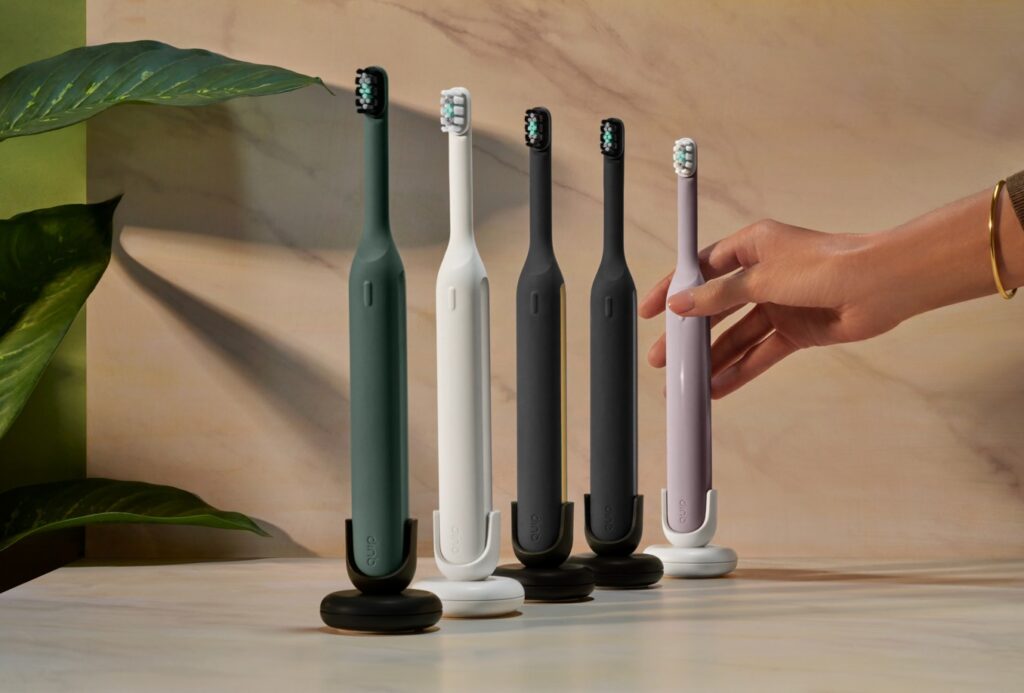Thanks to an effort to create profiles of its best customers, American Home Shield has quadrupled response rates and significantly cut cost-per-acquisition expenses.
AHS didn’t have a problem selling its home repair, appliance and maintenance warranties since about 60% of the company’s contracts are generated as add-ons to mortgages and home sales.
But this passive process meant customers often were unaware of the service’s value — and, in some cases, that they had a warranty at all. This made renewals a challenge, because after a warranty’s standard one-year term expired customers had to be remarketed as if they were prospects.
While the firm does have a direct-to-consumer business, most of the 23% this channel represents comes from referrals or an existing warranty holder who buys a second home. Prospecting to cold customers was not nearly as effective as it could’ve been.
AHS set out to change this. Through a mix of external demographic, financial and census data about its customers, as well as behavioral information and a series of attitudinal research studies, the company generated a client profile that served as a guide to targeting prospects.
AHS planned to use compiled files to fill its prospect pipelines. Instead it verified some of the attitudinal data it generated from a series of telephone interviews made to homeowners.
But in some cases AHS guessed wrong. For instance, at the start of the current Iraq war the company tested a response list of military households, assuming they’d want coverage for, say, home maintenance work that normally would be handled by the family member currently in the service.
But those individuals were distracted.
“We were looking for red flags. With that audience, we could hear CNN on in the background when we called,” said Steve Burnett, American Home Shield’s chief marketing officer.
Over time, however, a series of top-performing attributes emerged. As might be expected, the well-to-do were among those most likely to purchase these warranties. But so were older, lower-income consumers — retirees who have a great deal of wealth, but little income.
On the retention side, AHS used a variety of yardsticks, such as whether a customer was a first-time renewer, the channel the customer came in through, and attitudinal and value-to-the company characteristics. AHS has tailored renewal campaigns based on these attributes and has seen differences between segments’ renewal performance ranging between 10% and 40%.
Burnett presented his findings at the Direct Marketing Association’s annual conference in New Orleans.
 Network
Network

